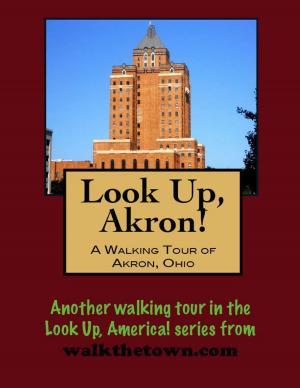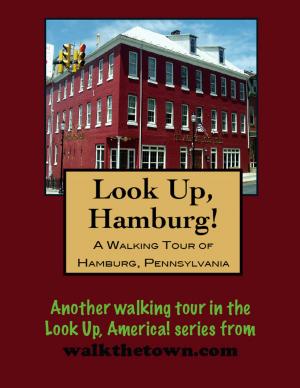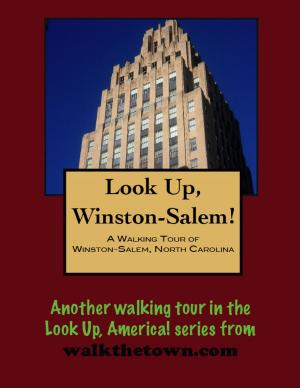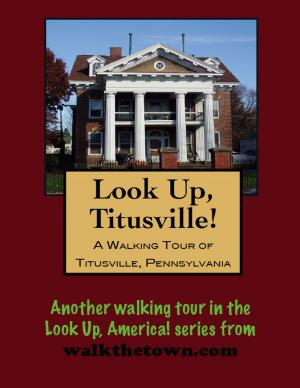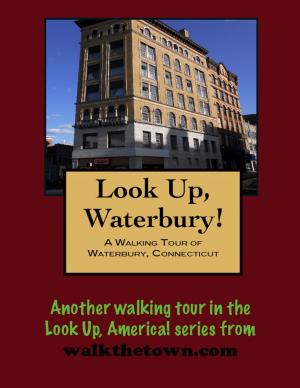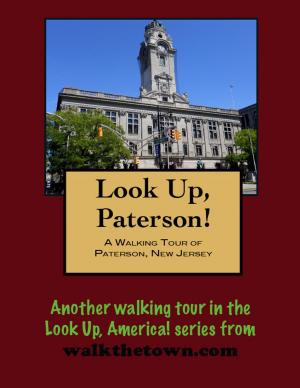| Author: | Doug Gelbert | ISBN: | 9781458009920 |
| Publisher: | Doug Gelbert | Publication: | January 31, 2011 |
| Imprint: | Smashwords Edition | Language: | English |
| Author: | Doug Gelbert |
| ISBN: | 9781458009920 |
| Publisher: | Doug Gelbert |
| Publication: | January 31, 2011 |
| Imprint: | Smashwords Edition |
| Language: | English |
There is no better way to see America than on foot. And there is no better way to appreciate what you are looking at than with a walking tour. Whether you are preparing for a road trip or just out to look at your own town in a new way, a downloadable walking tour is ready to explore when you are.
Each walking tour describes historical and architectural landmarks and provides pictures to help out when those pesky street addresses are missing. Every tour also includes a quick primer on identifying architectural styles seen on American streets.
As a veteran of the Revolutionary War Captain John L. Hardenbergh received a land bounty in western New York. The captain was a veteran of John Sullivan's campaign against the Iroquois in 1779 and after the war he had been a deputy under the surveyor general when the original townships in the Onondaga Military tract were mapped. Where other veterans opted for more settled communities, Hardenbergh disposed of his award in favor of a spot he knew beside the rushing waters of the Owasco River. By 1793 he had cleared some land, put up a log cabin and built a mill on the Owasco Outlet near the convergence of several early roads.
When he wasn't grinding flour Hardenbergh busied himself laying out roads and selling lots to fellow veterans. The Seneca Turnpike, providing direct connections eastward toward Albany, was operational as far west as Auburn in 1799. By 1800 the little settlement had been named Hardenbergh's Corners and boasted a post office, with couriers arriving on horseback every two weeks. By 1810 there were seventeen mills humming along the Oswaco River as it tumbled 170 feet through the community.
Early political machinations were already shaping the future of Hardenbergh's village. It was renamed Auburn in 1805 when it was tapped as the seat of power for the new Cayuga County. In 1816, the New York State legislature sited and began construction of a major state penitentiary in Auburn. Over the years the ideas for treating prisoners inside its massive limestone walls spawned the "Auburn System" by which prisoners worked together in shops and fields in strict silence, to return to their cells at night. The cheap source of local labor did much to spur the local economy until the practice was abolished in 1882.
The transportation lines, the abundant water power, and the inexpensive labor pool conspired to lure industry from established eastern markets. There were manufacturers of agricultural implements and carpets and iron works and corn starch. For a time Auburn was the center of the American silk industry, with many growers starting the cultivation of the mulberry tree. After the Civil War the seeds of the American Express Company were sown in Auburn as the Merchants Union Express Company made the town the center of a great express business. William G. Fargo commenced his eventful career in the transportation business as agent in the old Auburn and Syracuse Railroad freight depot on Genesee Street.
Cayuga County has applied for more state historical markers than any other county in New York and we will begin our explorations of Auburn's rich contribution to that heritage in the front yard of the town's most illustrious citizen...
There is no better way to see America than on foot. And there is no better way to appreciate what you are looking at than with a walking tour. Whether you are preparing for a road trip or just out to look at your own town in a new way, a downloadable walking tour is ready to explore when you are.
Each walking tour describes historical and architectural landmarks and provides pictures to help out when those pesky street addresses are missing. Every tour also includes a quick primer on identifying architectural styles seen on American streets.
As a veteran of the Revolutionary War Captain John L. Hardenbergh received a land bounty in western New York. The captain was a veteran of John Sullivan's campaign against the Iroquois in 1779 and after the war he had been a deputy under the surveyor general when the original townships in the Onondaga Military tract were mapped. Where other veterans opted for more settled communities, Hardenbergh disposed of his award in favor of a spot he knew beside the rushing waters of the Owasco River. By 1793 he had cleared some land, put up a log cabin and built a mill on the Owasco Outlet near the convergence of several early roads.
When he wasn't grinding flour Hardenbergh busied himself laying out roads and selling lots to fellow veterans. The Seneca Turnpike, providing direct connections eastward toward Albany, was operational as far west as Auburn in 1799. By 1800 the little settlement had been named Hardenbergh's Corners and boasted a post office, with couriers arriving on horseback every two weeks. By 1810 there were seventeen mills humming along the Oswaco River as it tumbled 170 feet through the community.
Early political machinations were already shaping the future of Hardenbergh's village. It was renamed Auburn in 1805 when it was tapped as the seat of power for the new Cayuga County. In 1816, the New York State legislature sited and began construction of a major state penitentiary in Auburn. Over the years the ideas for treating prisoners inside its massive limestone walls spawned the "Auburn System" by which prisoners worked together in shops and fields in strict silence, to return to their cells at night. The cheap source of local labor did much to spur the local economy until the practice was abolished in 1882.
The transportation lines, the abundant water power, and the inexpensive labor pool conspired to lure industry from established eastern markets. There were manufacturers of agricultural implements and carpets and iron works and corn starch. For a time Auburn was the center of the American silk industry, with many growers starting the cultivation of the mulberry tree. After the Civil War the seeds of the American Express Company were sown in Auburn as the Merchants Union Express Company made the town the center of a great express business. William G. Fargo commenced his eventful career in the transportation business as agent in the old Auburn and Syracuse Railroad freight depot on Genesee Street.
Cayuga County has applied for more state historical markers than any other county in New York and we will begin our explorations of Auburn's rich contribution to that heritage in the front yard of the town's most illustrious citizen...

